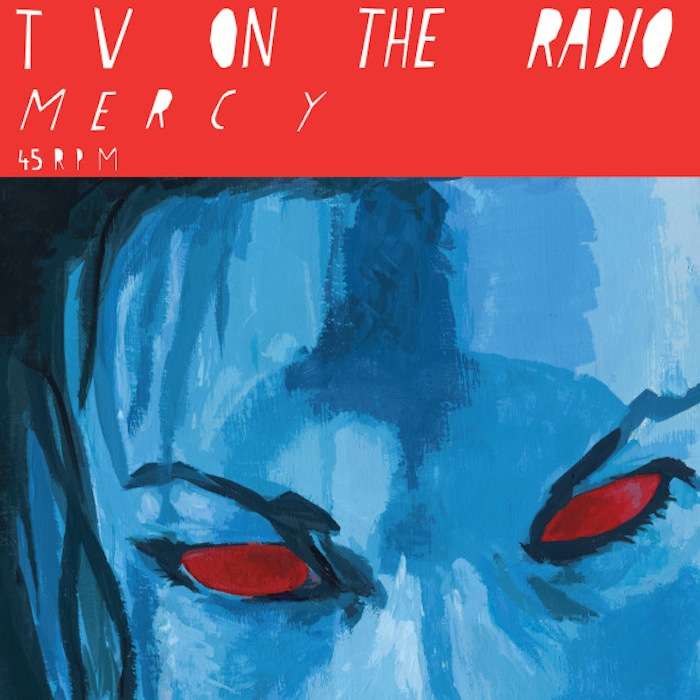The Back Door to the Radio Dial
Clever broadcasters have found a loophole. Now how about letting some more folks in?


In theory, the lowest frequency on the FM dial is 87.9 megahertz. But many radios, especially in older cars, go a little lower, allowing listeners to pick up a signal at 87.7 FM—a spot allocated to whichever TV station broadcasts on channel 6. Not that there are many stations left at channel 6 these days.
This would just be a piece of trivia from the rapidly receding age of analog television, but for one fact: Some clever broadcasters are now using that spot as a back door to the FM dial, slipping uninvited into a marketplace where the government has long enforced high entry barriers. Technically these are low-power TV stations, and they transmit a pro-forma video signal to keep things legal. But they're producing programs aimed at radio listeners. "This phenomenon has proven helpful for certain types of audiences underserved by traditional radio," Ernie Smith notes in an engaging story for the website Tedium, and it "has led to a number of small stations, such as Cleveland's Latino-focused 'La Mega'…finding a new home on the dial." In the industry, such outlets are nicknamed "FrankenFMs."
If that doesn't sound like a friendly nickname, that's appropriate: Some broadcasters have less-than-friendly feelings about the TV-on-the-radio stations. The left end of the FM dial is reserved for noncommercial stations, such as NPR's affiliates. Unsurprisingly, NPR doesn't like the interlopers. (As Smith puts it, "NPR friggin' hates FrankenFM.") In 2014, when the Federal Communications Commission considered a proposal to embrace the FrankenFM stations, the public radio network filed comments attacking the idea.
Much as I admire the ingenuity of the back-door FM broadcasters, I have to agree with one of NPR's arguments: The FCC could fit a lot more operations onto the airwaves by opening that part of the spectrum up to traditional FM broadcasters, as opposed to simply tolerating some TV licensees who have found a loophole. As far as I'm concerned, the commission may as well extend the FM band all the way down to 82 megahertz, guarantee the existing FrankenFMs a space among the new licensees, and then open the door to new comers. In the age of internet broadcasting, the old limits on who can have an FM signal aren't the chokehold that they used to be; but I'm always glad to see more rather than fewer options.


Show Comments (17)